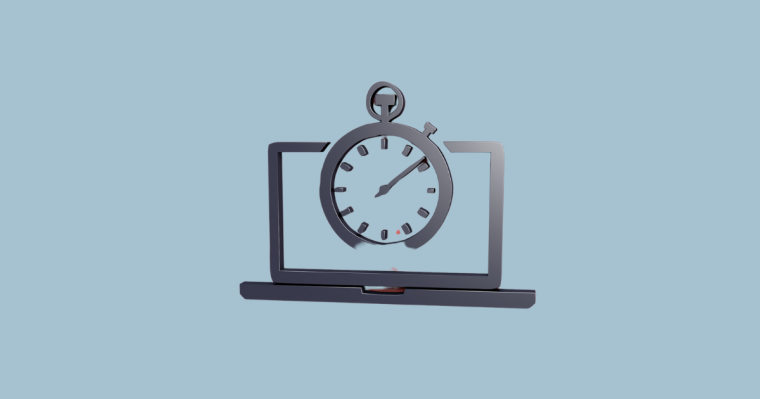As APIs for automating processes and accessing third-party data become more widespread, the ability to manage workflows in real-time has become increasingly feasible. This is especially true with the rise of webhooks, which allow servers to send real-time notifications whenever a specific event occurs.
Let’s explore what a webhook is and when to use it, after discussing how it differs from API polling, the traditional method of application interaction via APIs.
API functionality is based on a request-response model: when two applications interact via an API, this refers to one application making a request (API call) and waiting for a response from the server.
Webhooks and polling are two different methods of making API calls. In short, you can choose between being notified in real-time when new data is available or requesting updates at regular intervals.
With polling, the client requests data at regular intervals (e.g., every hour or every 5 minutes) and retrieves any new information. While the data is updated regularly, it’s not in real-time, and if no new data is available, the calls will return empty.
In contrast, a webhook allows an application to receive a notification in real-time when a specific event occurs, so the client only needs to wait for updates.
Imagine passengers on a long car trip: they can ask how far is left every 30 minutes (like polling) or relax and wait to be notified when they’ve arrived (like webhooks).
A webhook is an HTTP callback that doesn’t require a client request. The "hook" is triggered when a specific event (or trigger) occurs, and the callback automatically initiates without needing a request from the receiving app.
That’s why webhooks are referred to as reverse APIs: instead of pulling data, they allow data to be pushed to the receiving app via a notification. Whenever the trigger event occurs, the source sends a request to the configured URL. The receiving application then gets the update in real-time only when necessary. This is the key difference between a webhook and a traditional API call.
Webhooks can be used for synchronizing data, managing business software, or e-commerce systems. For example, they can notify online purchases in real-time, automatically updating inventory, invoicing, and shipping systems.
Webhooks are commonly used for data synchronization and server monitoring, but they’re also widely used in social networks, e-commerce sites, and IoT devices, which can communicate malfunctions or anomalies in real-time. All you need is an HTTP endpoint that can receive a POST request.
For example, you can automate social media posts when a specific event occurs (e.g., publishing a new blog post) or send personalized notifications tied to specific events like an online purchase or a bank account transaction.
The ability to send real-time messages between different applications simplifies workflows, integrating analytics, chat, and other e-commerce apps into a CRM system.
The main advantages of webhooks can be summed up as real-time data and resource optimization. Unlike polling, a webhook only sends necessary messages, those triggered by a specific event.
Webhooks are ideal for those who need real-time data updates and also save hundreds of unnecessary API calls when there are no updates.
Excessive polling can strain network resources, increase the risk of hitting rate limits, and result in significant costs due to the number of useless API calls.
Unlike polling, webhooks don’t face scalability issues: rather than increasing API calls, they simply handle a greater number of callbacks.
However, one of the main drawbacks of webhooks is their availability: many third-party applications still don’t support them, which can hinder system integration and resource optimization.
Openapi's platform allows you to configure webhooks for every API call and offers detailed control over polling settings, enabling you to integrate both processes into your systems and choose the best one for each task.

